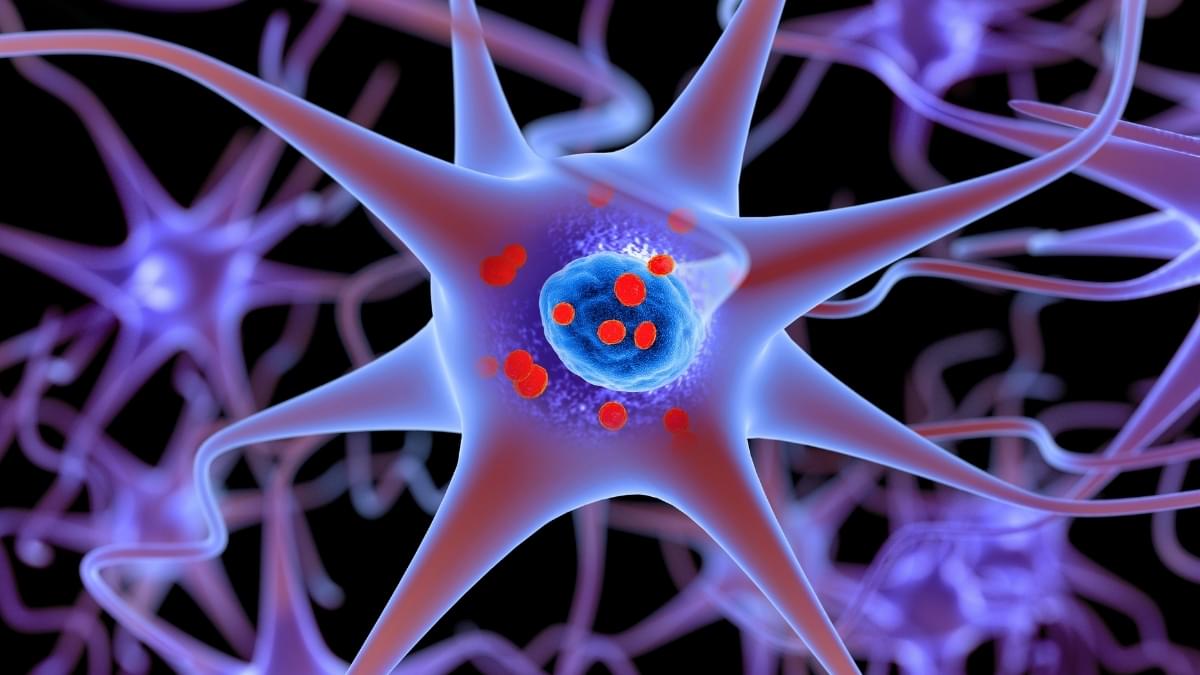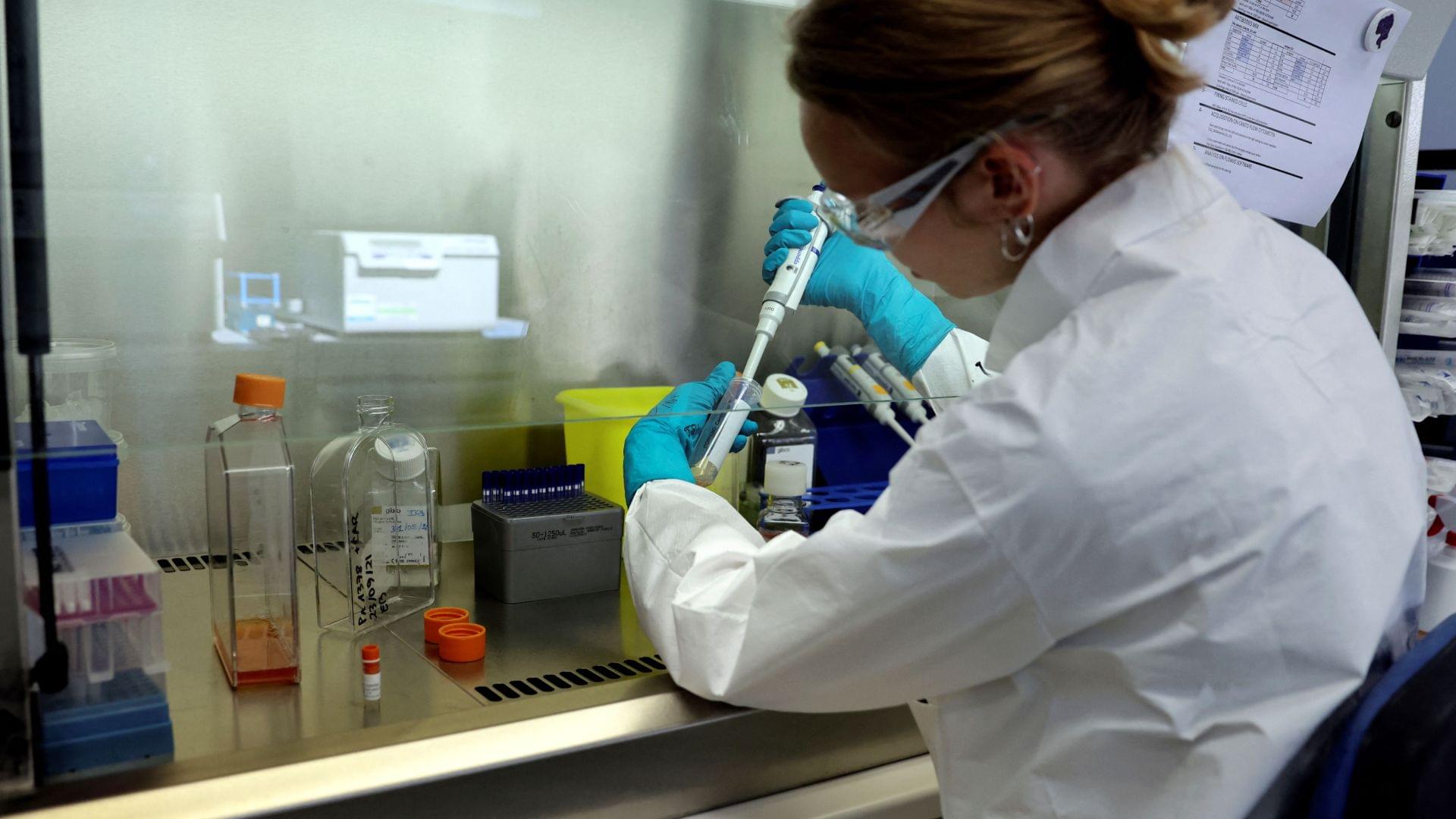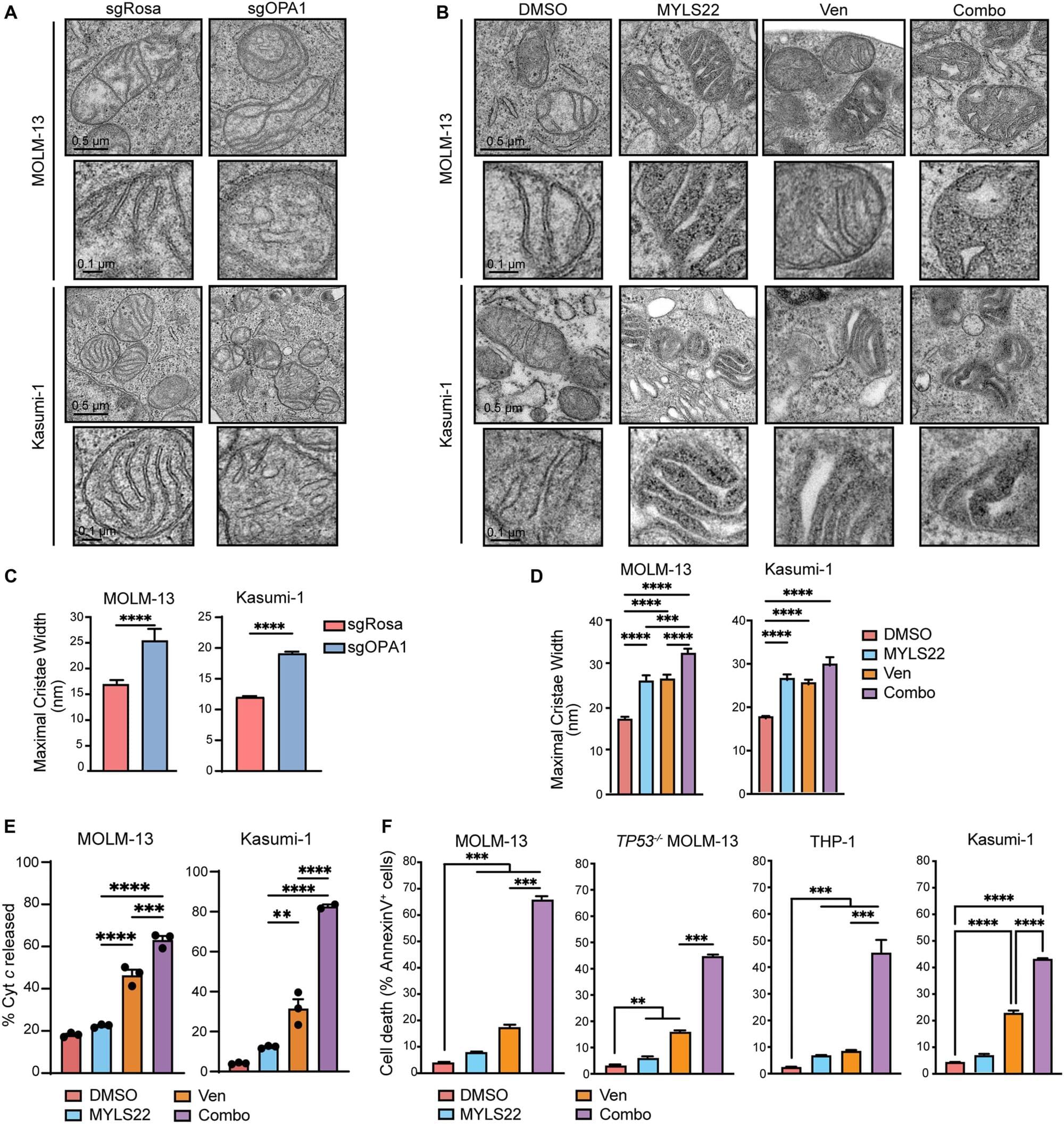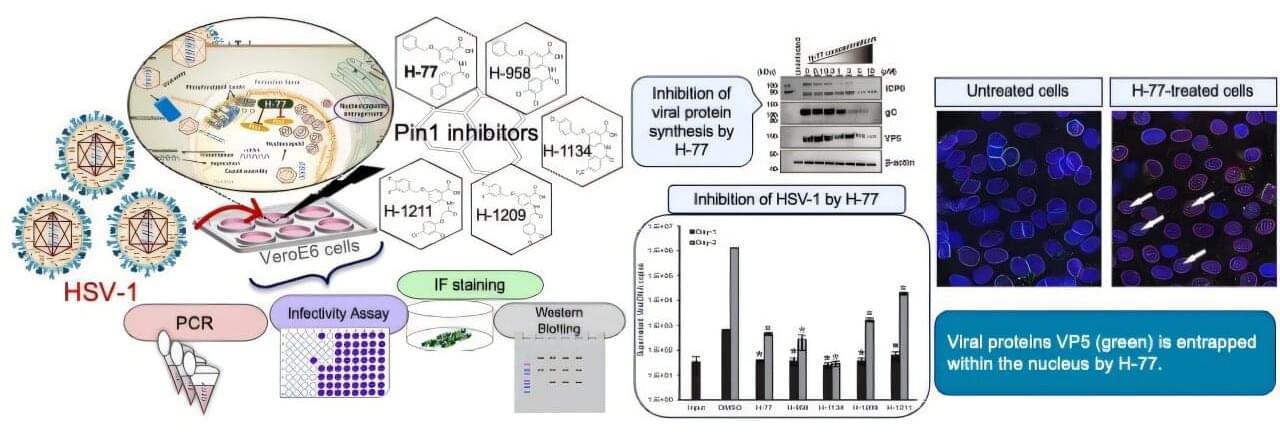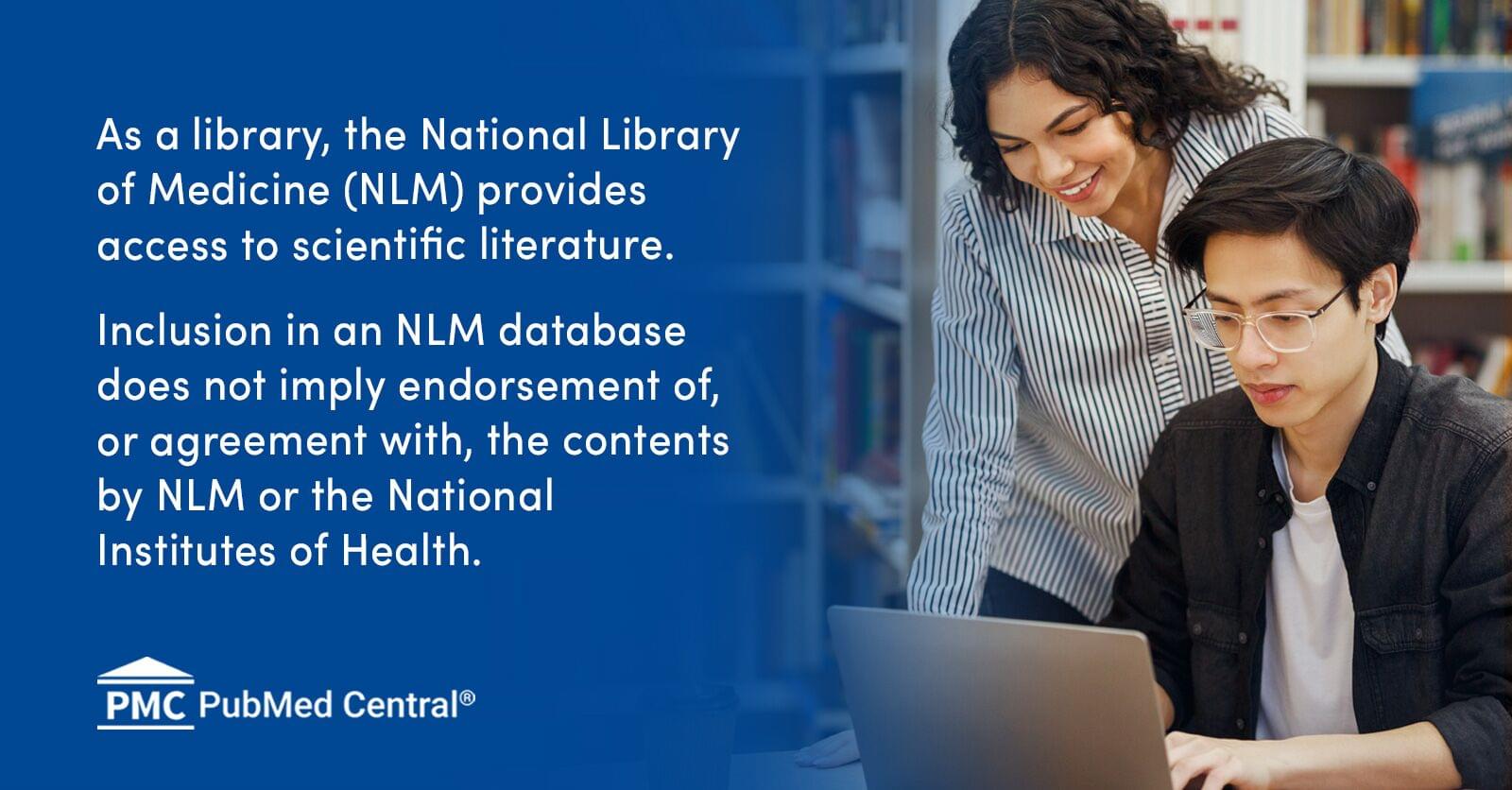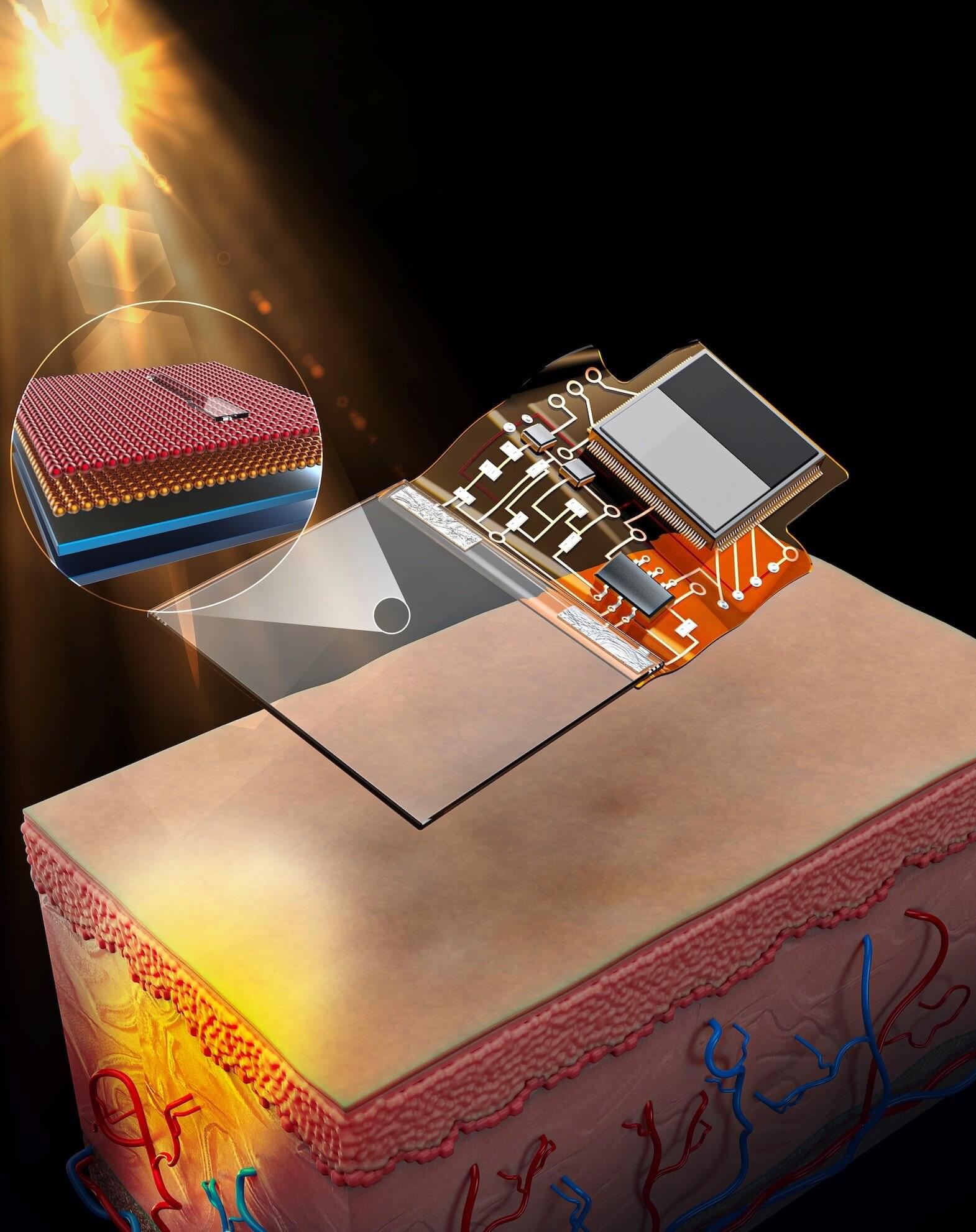As Parkinson’s disease progresses, harmful protein clumps build up in the brain, blocking communications between neurons and killing them off – but what if we could prevent these clusters from forming?
Researchers led by a team from the University of Bath in the UK have achieved just that in a basic worm model of Parkinson’s. They engineered a peptide, a small amino acid chain, to essentially keep a protein called alpha-synuclein locked in its healthy shape. This prevented the misfolding that leads to clumps.
The potential treatment checks several important boxes: it’s durable, and it can survive inside cells without causing any toxic side effects.
